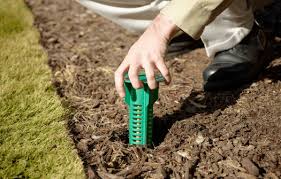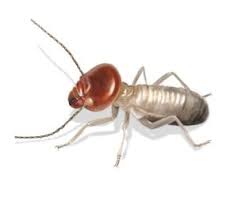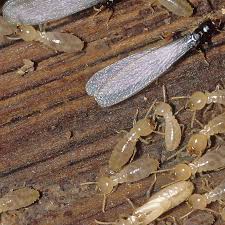Termite Control Use Fundamentals Explained
Once a termite inspection was completed, pest control specialists can recommend a best plan of action to eliminate present termites and prevent future infestation. Usually, some kind of chemical treatment will be recommended. Termites remedies include temporary compound applications, baits, traps in addition to structural and physical obstacles.
In many cases, this is going to be all it takes to eradicate an whole colony of termites. If you start with termite baiting, you might be in danger of infestation. Termites may have a network of tunnels they travel through to reach a nest up.
Ultimately the magnitude of your termite problem and also the management procedure required to solve it will affect the price you pay.
The Greatest Guide To Termite Control Using Neem Tree
Termite treatment with dust a spray or polyurethane may cost $ and between $ 3 30 6 60 depending on the degree of the harm.
Soil treatment is the way to keep termites from your house. This can cost between $2 500 and $3 500, but will not need to be repeated.
Expect to cover the area of $300, and $ 2 50 to get a pre-purchase pest inspection -$600 for a combined building and pest inspection.
Getting My Termite Control Using Neem Tree To Work
Be sure to assess what they include as part of their services, before you rent a neighborhood pest control specialist.
Be as thorough as you can in describing the type or kinds of pests you have and the extent of the problem. If there are access problems, mention these. This way you will receive more accurate initial estimates. In case youre hiring a pest control agency ensure their treatment program is compliant with Australian Standard AS 36 60.
Reputable services will supply a money-back guarantee. Check your pest control service is licensed and qualified to work in your property. .

The Basic Principles Of Termite Control Use
Termites consume timber and cellulose in natural bush land and serve an important ecologicalfunction by site web turning dead trees to organic matter. Regrettably to termites, thewood in buildings and other constructions such as bridges and power poles is equallyappealing from the urban environment and infestation may cause damage.

Direction of termites, and eradication of exotic species isalso expensive a campaign to eradicate West Indian dry wood termite Cryptotermes brevis (Walker)in Queensland is estimated to have cost $4.2 million by 199 8 (Peters and Fitzgerald, 199 8).Worldwide, harm caused by termites is projected at U.S $2 2 billion per annum in conditions of Urban cities & termite attack Environment 2 5 3Â damage to wooden structures (Fage et al., 198 8). .
Treatment and prevention of termite damage in Australian cities is therefore needed, and may give rise to undesirable side effects. Until 199 5, organochlorine termiticide treatments were utilized to create barriers. These have been replaced with physicalbarriers and other, less stubborn, compounds. As a result, chemical termiticides need to be reapplied on a regular basis 3 to 5 years depending on local conditions.
The Of Termite Control Use
In 200 5, bifenthrin (FMC Australasia Pty Ltd) is the most widely used termiticide in Australia followed by imidacloprid and fipronil. Chlorpyrifos (Dow Agricultural Products) has diminished in usage due to concerns over toxicity and efficacy in alkaline soils. Permethrin, alpha-cypermethrin are not now used although they stay enrolled useful source for use in Australia from the National Registration Authority (NRA). .
Australias termite fauna is varied, represented by five families (Mastotermitidae, Termopsidae,Kalotermitidae, Rhinotermitidae and Termitidae) containing 40 known genera and more than 26 6described species. Termites play an integral role in the nutrient cycles of tropical ecosystems (Whitford,199 1). Termites may be grouped as damp wood, dry wood or underground, depending theirhabits.
